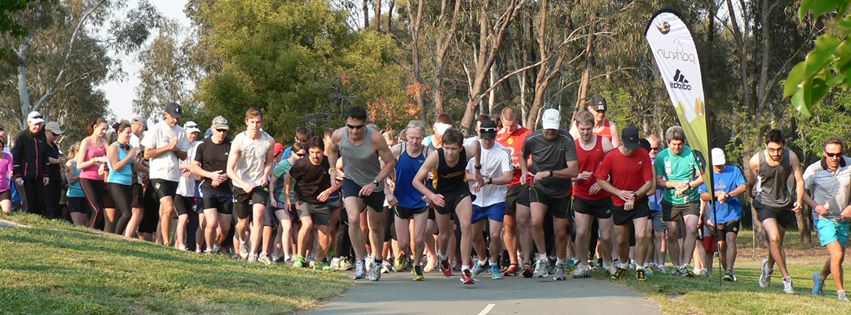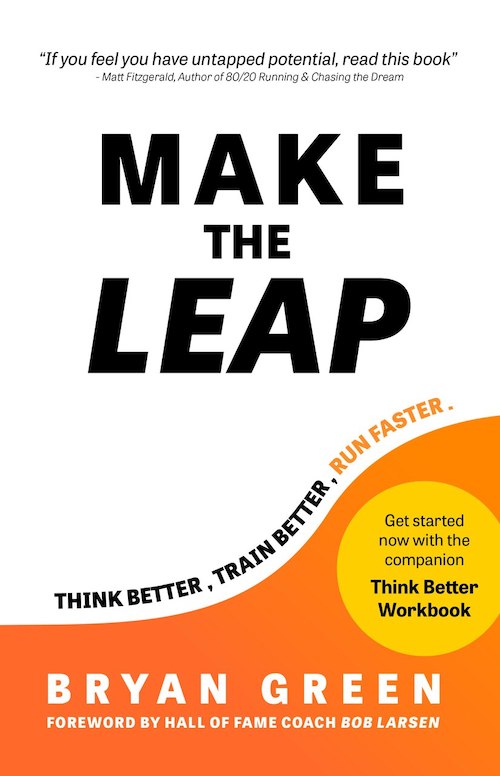Cardiologist, Hobart, Australia
On a Saturday morning, a 52-year-old man collapsed, having had a cardiac arrest during a fun run. I noticed the commotion as I was driving past on my way to work and stopped. Several other runners, including a general practitioner, had already stopped to help and the ambulance service was in attendance. With everyone’s input, the man was resuscitated, taken to hospital and received stenting to the main artery down the front of his heart. Checkout French casinos here. The outcome was so good that it later made the front page of our local newspaper.
The man was fit and healthy; yet, he very nearly died on that fun run. Being an athlete is no guarantee the arteries in your heart are healthy.
Coronary heart disease is the build-up of plaque, mainly fatty cholesterol deposits, in the arteries that can cause impaired blood flow to the heart. It affects around 1.4 million Australians. As the single leading cause of death in this country for both men and women, it kills 54 Australians each day or one person every 27 minutes.
The plaque build-up can be flow-limiting, which generally produces symptoms on exertion (such as chest pain or unexplained shortness of breath), or it can be non-flow-limiting, which causes no symptoms even when exercising strenuously. In either case, unstable plaque can rupture, and a clot can form very quickly. The clot blocks the artery, stops the flow of blood to the heart muscle and the person has a heart attack.
Ten to 15 percent of people who suffer a heart attack die and many have no warning. A blockage from non-flow-limiting plaque attacks swiftly, and without warning symptoms. Death strikes – and the recipient can be a seemingly fit and healthy person who may even be exercising at the time.

Believe it or not, you have some options in this; the more informed you are, the better the choices you can make. You don’t have to wait for symptoms, a heart attack or death.
Detection and treatment of coronary artery disease, historically, has been related to the presence of symptoms or the occurrence of a major coronary event. With modern technology, there is a more accurate, preventative way, and that is cardiac CT imaging. Using the analogy of a car, this heart imaging technology allows us to find the ‘rust in the fuel lines’ before the fuel lines block and the engine stops.
CT scanning is a non-invasive, safe way to evaluate the build-up of plaque within a person’s arteries, regardless of a variety of associations including cholesterol levels, family history or general health and fitness. The health, or otherwise, of the coronary arteries appears in exquisite detail.

Some years ago, an extremely fit patient came to see me for a risk assessment. Cardiac CT imaging showed he had significant non-flow-limiting plaque in his arteries. This was a surprise considering how fit he was and how well he looked. I put him on the appropriate treatment, and, just as importantly, he was educated and aware that should he have any issue that could be his heart, he should seek immediate medical attention.
A few years later he came back, saying that he was not 100 per cent. He was training hard for an endurance event, and by all accounts, he was in fantastic shape. He said he felt ready for the challenge. However, while routinely wearing a heart rate monitor during his training, he noticed that he was experiencing breathlessness when his heart rate approached 150 to 160 beats per minute.

Frankfurt, Germany October 25, 2015
Photo: Victah Sailer@PhotoRun
Victah1111@aol.com
631-291-3409
www.photorun.NET
When he undertook the stress test, he appeared as if he could run all day. By the time his heartrate hit 160 beats per minute, however, he was noticeably gasping for air, yet he was not experiencing chest pain. Compared with many other patients, he seemed to be doing exceptionally well.
However, other data being collected was telling a different story. His electrocardiogram, ECG, measured through electrodes on the chest, indicated that there was reduced blood flow to his heart as soon as he went over 140 beats per minute, and this gradually worsened.
An ultrasound of his heart done immediately on completion of the exercise showed that the posterior part of his heart was not contracting correctly. This very fit man who had been training for an endurance event had a significant narrowing in the artery that supplied blood to the posterior wall of his heart; this is the wall of the heart nearest his back. Further investigation confirmed the diagnosis, and he received a stent implant to widen the artery. He returned to good health and resumed his full training regime.

Photo: David Levenson for Virgin Money London Marathon
For more information please contact media@londonmarathonevents.co.uk
What if he hadn’t been forewarned? What if he hadn’t been on plaque-stabilising treatment for those years between the scan and the stent? What if his exercise capacity and his level of fitness had fooled him? What if halfway through the endurance event, his narrowed artery had become a blocked artery? I can only surmise what might have happened.
People can be frightened by the prospect of potentially bad news. Sticking your head in the sand does not help.
“Do you have your car serviced? Why?” The choice between finding out that the breaks might fail at a scheduled service or while driving on a family holiday is a no-brainer. There are four ways to diagnose coronary artery plaque:
- at the time of autopsy. Too late.
- in the back of an ambulance on the way to the hospital. Still too late.
- with chest pain and shortness of breath on exertion. Late in the process.
- cardiac CT imaging. Before the problem has become life-threatening. With one in two deaths in the Western world attributable to heart disease, wouldn’t you like to know what’s going on (or not) in your arteries?
My experience is that, for the vast majority of patients, dealing with the facts in a sensible, balanced way makes good sense and good medicine.
- If the scan shows low-risk features – great! Off you go.
- If the scan shows high-risk features – great! This is what we’re going to do to reduce the risk.
This fortunate man I spoke about above is a good example of preventative medicine. Rather than relying on external factors, including excellent health, CT imagining can help be precise about your individual risk. If needed, action can be taken then to help mitigate the risk. Heart imaging is not for everyone, but it is certainly something that everyone, including you, should discuss with your doctor.
Good health!
Please visit this link to contact Dr Warrick Bishop

Photo: Roger Allen for Virgin Money London Marathon
For more information please contact media@londonmarathonevents.co.uk

























